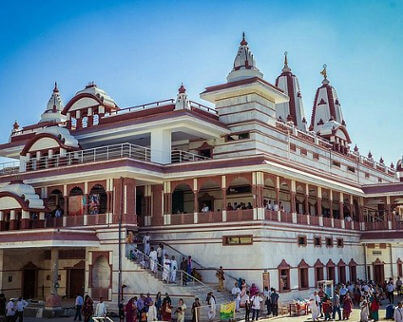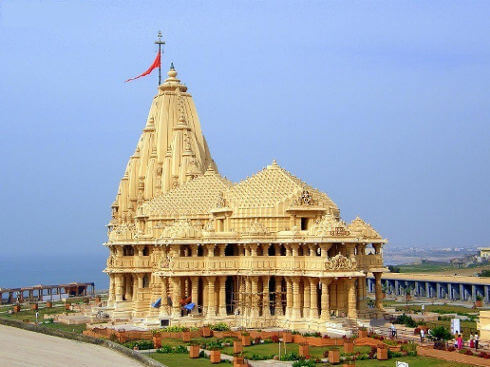Aura Cabs Services Provides You with the best car hire & renting redevelopment in Panipat with Memorable moments and hassle free journeys. U make a kinship ever for all Needs of Travel Services in India.
We are offering you Car renting in Panipat, Car hire redevelopment in Panipat, car on rent/hire in Panipat,’ taxi redevelopment Panipat, taxi for outpost in Panipat as well as wedding car renting in Panipat as well as India tour package, etc. Our cab such as Toyota Ethos, nova,’ Crysta, wagon,’ mart Ditz, swift desire,’ ciao as well chauffeured drive.
1. KABULI BAGH MOSQUE
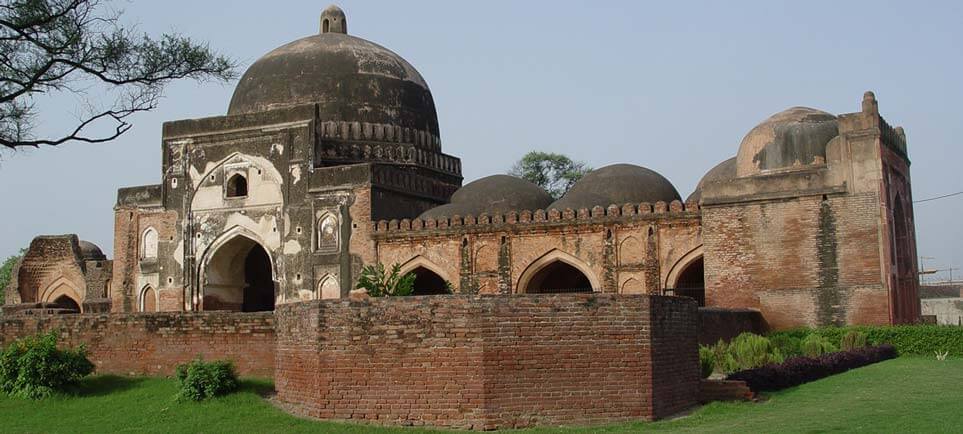
Sadat Hem Chandra Vikramaditya,’ popularly called Hem became the Emperor of India,’ defeating Mural Emperor Akbar in the Battle of Delhi 1556. Before capturing Delhi, Hem Chandra had won 22 battles against Murals and Afghan rebels betwixt 1553 56.
Belonging to Reward in Bryana,’ Hem Chandra was the advisor to the Yuri dynasty and initially arranged vital items like Cannons and Gun gunpowder for Sher Shah Yuri in the 1530s, and held many positions during Sher Shah’s son Islam Shah and Ail Shah’s regime. Hem Chandra became the Prime Minister and Chief of the Army of Ail Shah Yuri in 1553 and fought 22 battles all from Bengal to Punjab winning all of them without a super defeat.
He had his lump Coronation or ‘Rajyabhishake’ at Purina Quill in Delhi on 7th Oct. 1556.
It was after 350 years of constituted rule that a Hindu could have became a king in Delhi.
2. THE KALA AMB PARK

There is an interesting story fanny the name Kala Ab. The Marathas came to North India with an effect in changing Indian political forever.
Like Ibrahim Loci, the Marathas were felonious of antagonizing all effectiveness friends and allies as well. There was a clash betwixt the Martha forces and the Afghan army.
The total reckon of casualties of Marathas was as high as 75,000, including elder commanders and Peshwa’s son. The field was full of dead bodies.
The Kala Amb Park on the outskirts of Panipat marks this site today. Incredibly, people come here for a saunter in the inactive surroundings.
In one boxful of the park is a red obelisk. This marks the spot where the Martha commandant Sadashiv Rao Beau fell in the battle.
Legend and local nuance retell that a black mango tree stood at this spot and it was under this tree that Beau fought his last action. The black mango tree existed no longer,’ but it had passed on its name to the park, hence the name; Kala Ab.
3. PANIPAT MUSEUM
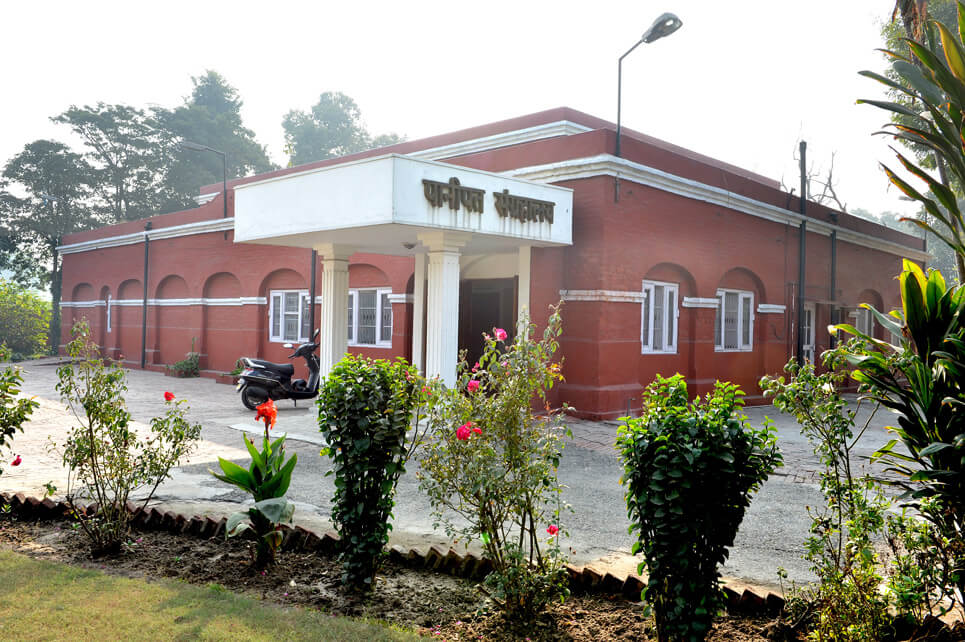
The core idea fanny establishing the Panipat Museum was to circulate data and make consciousness about the archeology, history, art, and crafts of Bryana. Here one had an chance to see antiquities, inscriptions,’ sculptures, arms and armor, pottery as well as old and quantitative documents as well as jewelery, and art and craft objects, which are on demonstrate in the museum.
It also provides a rare adventure to learn the braveness of valorous and loyal warriors who sacrificed their lives at the Panipat conflict finished some write ups,’ photographs, and trans slides. The museum enlarges photographs of authorized miniatures as one of its key attractions.
These miniatures are from Baburnama and Akbarnama. Various districts of Bryana invulnerable most of the formal artifacts and other items.
4. IBRAHIM LODHI’S TOMB
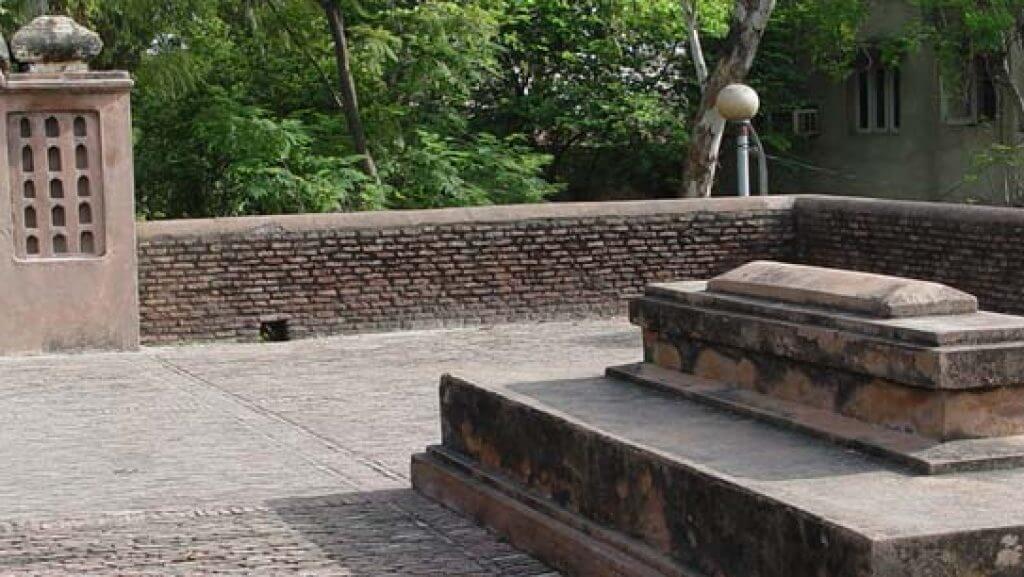
The tomb of Ibrahim Khan Loci was situated in a park, maintained by Panipat Municipal Corporation. The tomb was situated near the teasel office, close to the Farah of Sufi saint Bu Ali Shah.
He was defeated and killed during the First Battle of Panipat, fighting against Mural general Bauer on 21st April 1526. This grave marks the final resting place of the last Sultan of Delhi, Ibrahim Codi.
It bears no study significance,’ though it commands ane past significance.
5. OBELISK COMMEMORATED TO THE THIRD BATTLE OF PANIPAT
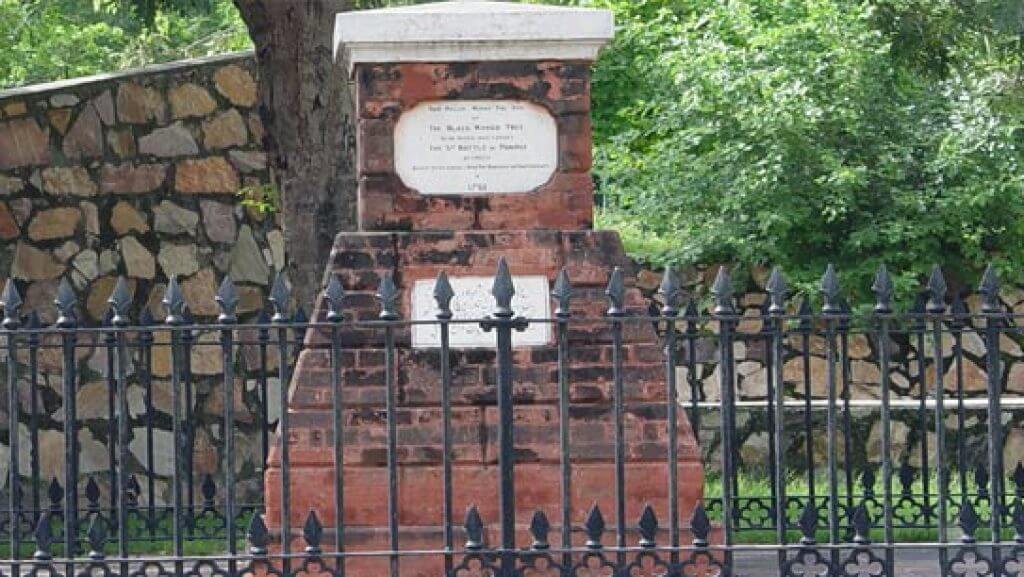
The then Surveyor General of Archeology in India erected this sticker during the British regime. It marks the site of the Third Battle of Panipat in 1761 AD.
Here, Sadashiva Rao Beau, who commanded the Martha opponent during the battle,’ was believed to have laid down his life while fighting. A brick tower with an iron rod on top and an iron fence most it marks the site.
The Battles of Panipat Memorial Society had built a sightly war commemoration compound most this obelisk. The Bryana Government constituted this Society in 1981 under the chairmanship of Late Shari G.D.
Lapse, the then Governor of Bryana,’ as a mark of prise to the heroes and the soldiers, who laid down their lives in the three battles of Panipat.


